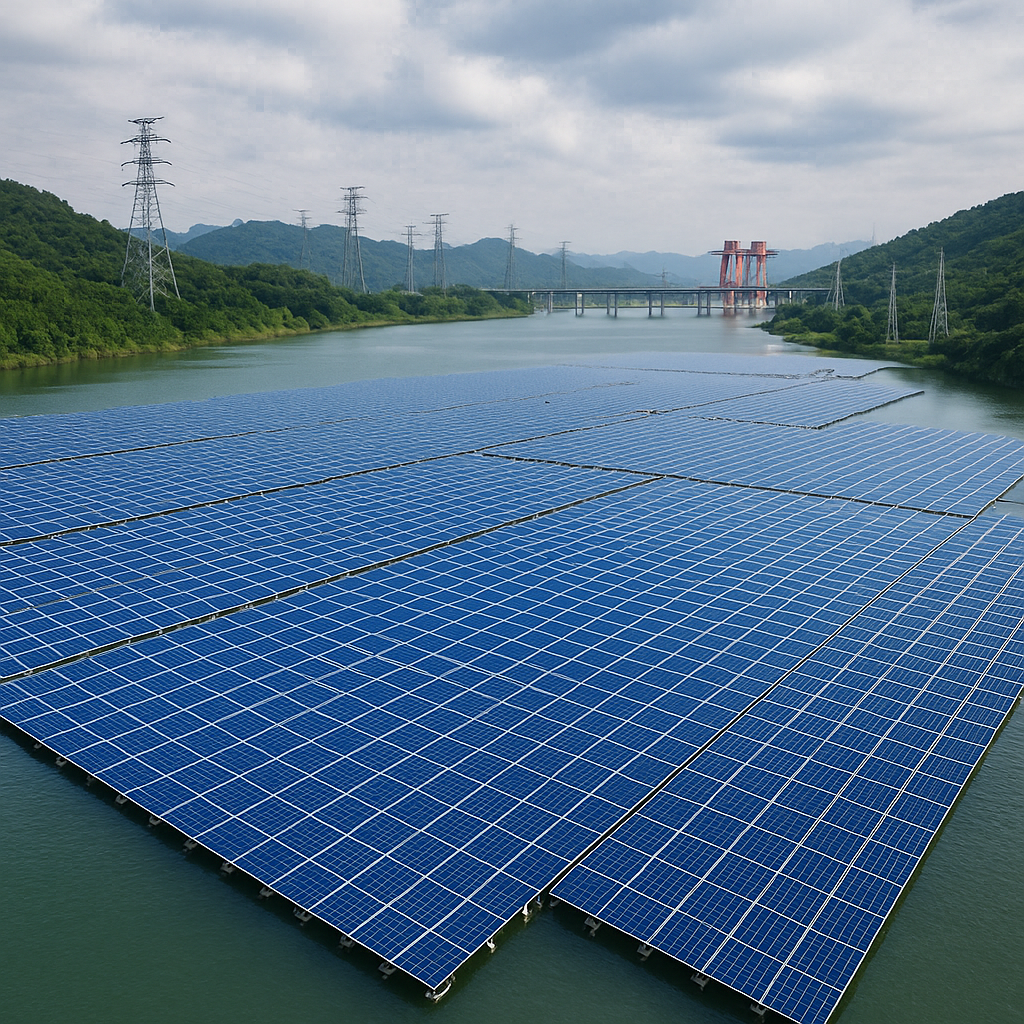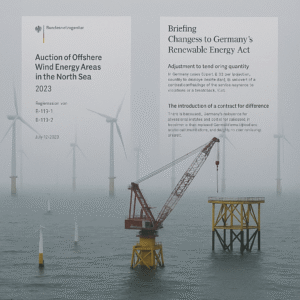July 6, 2025, Shanghai China has officially brought online the largest floating solar farm on Earth, located near the city of Chizhou along the Yangtze River. The 2.3-gigawatt facility spans over 5.7 square kilometers and is expected to generate enough electricity to power more than 2 million homes annually.
Floating Solar Technology Explained
Unlike ground-mounted panels, floating photovoltaic (FPV) arrays are installed on buoyant platforms over lakes, reservoirs, or rivers. This new plant floats on a dammed section of the Yangtze River and uses high-durability polymer pontoons, coupled with smart anchors and water-based cooling systems to boost efficiency.
“Floating PV allows land-scarce regions to scale clean power without competing with agriculture or urban development,” said Dr. Zhao Ren, an energy engineer at Tsinghua University.
Performance and Environmental Impact
According to Tongwei Solar’s performance models, the system will offset approximately 2.7 million tons of carbon emissions per year. It’s also equipped with automated algae detection systems to monitor and protect aquatic ecosystems under the panels.
The floating design reduces surface evaporation, a key benefit in regions facing freshwater shortages. The project has received high marks from the International Renewable Energy Agency (IRENA) for both sustainability and scalability.
Global Implications
The new Yangtze solar plant surpasses previous FPV records set in India and the Netherlands. China now operates more than 70 percent of the world’s floating solar capacity and plans to expand similar facilities to the Mekong Delta and coastal ports by 2027.
“This is a blueprint for energy-abundant, low-land, high-density nations,” said Rachel Tan, Asia-Pacific energy strategist at BloombergNEF. “Floating solar may outpace land-based projects in parts of Southeast Asia within the decade.”
Cost and Future Expansion
The project cost an estimated $1.9 billion and was completed in 22 months. Local officials confirmed that a second expansion phase, adding 800 MW of capacity, will break ground in early 2026. The government is also trialing hybrid installations combining wind turbines with floating solar platforms.




